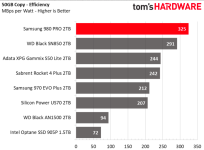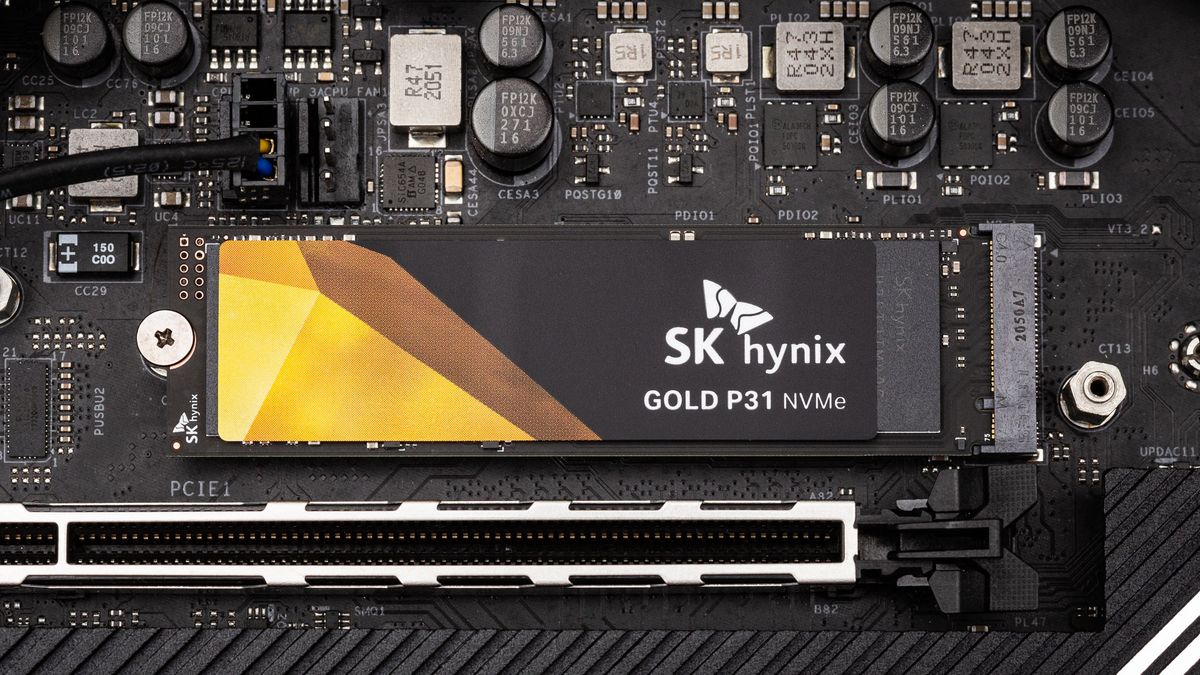There is also now a T705, which not only maxes out pcie5 for sustained transfers, it cuts read latency substantially over other current drives. That should be more noticeable in a wider variety of tasks (the T700 is only slightly faster in latency than other good drives otherwise, so you need a sustained transfer to see a big difference).
Amazon has a sale on that right now as well. It is more expensive, but at the $514 they currently want (list price $689) the only thing stopping me from getting one is that I would need to retrieve my computer from my desk (not easy through the catproofing), take it apart (remove a 4090 and a D-15 to get access to the slots), and transfer drive contents. I am fairly busy this week, and need that computer, so it seems like a bad idea for that reason.
It will likely become an upgrade as soon as someone comes out with 128GB DDR5 modules (unregistered), which will mean removing at least the CPU heatsink anyway.
I wish they tested the 4TB version in reviews, but those reviews are usually a little bit hard to find (the larger capacity T700 is substantially faster than the smaller ones, I do not know if that holds here as well)
Crucial T705 delivers another first for retail SSDs.

www.tomshardware.com
Edit:
That is getting close to RAM latency, although in terms of latency it is also going to matter quite a bit how that read is handled in software. I suppose that is what DirectStorage is about (it is still a few orders of magnitude off, but that means making several copies in the driver and application becomes noticeable, especially if unpredicted page walks are involved in the general bookkeeping the driver must do, and in terms of bandwidth you can run out if you are not careful such that the speed mostly comes down to memory copies in software... none of that is great for systems from yesteryear designed to cache a spinning hard drive, as they tend to do a lot of copying and caching you would not want here, and are designed for compatibility more than anything else).
The difference between using MapViewOfFile and ReadFile can be a big one here, as in most cases ReadFile either does enough copying or has enough memory accesses in its logic to make RAM the limiting factor on the disk read. I have not tried DirectStorage, but it is supposedly designed to get everything possible out of the way, so the requests can go to firmware and end up in memory in bulk, with little extra handling. I did not see write support though, which is kind of a big deal for non game use.











